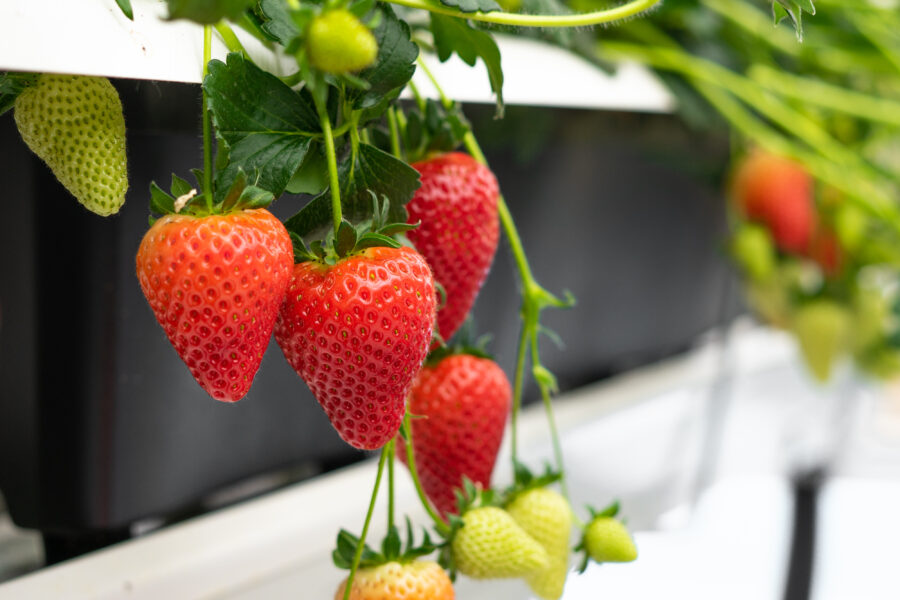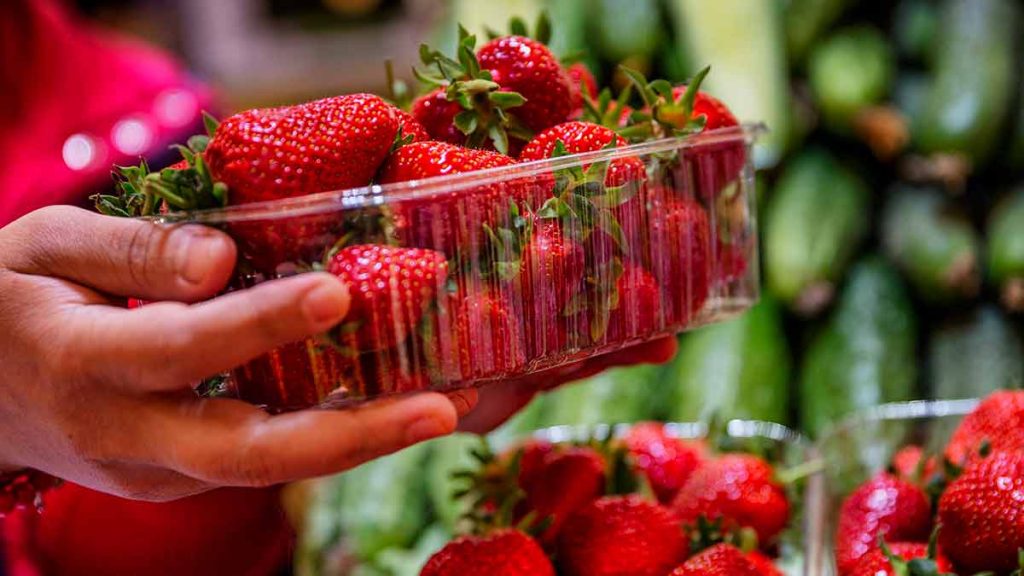Strawberries — the jewel-toned, sweet, and juicy berries we love in desserts, salads, smoothies, and jams — are one of the most popular fruits worldwide. Whether served fresh or used in culinary creations, strawberries hold a special place in global agriculture and trade. But have you ever wondered where most of the world’s strawberries come from?
In this article, we’ll take a deep dive into the global strawberry market, highlighting the countries that produce and supply most of the world’s strawberries. We’ll also uncover what makes these countries prime locations for strawberry cultivation and how global demand shapes production trends.
The Global Strawberry Market at a Glance

Strawberries are grown on every continent except Antarctica, flourishing in temperate and subtropical climates. Worldwide production has crossed 9 million metric tons annually, driven by increasing health awareness, year-round availability through greenhouses, and the fruit’s versatility in global cuisines.
Fresh strawberries are consumed domestically in large amounts, while surplus quantities are exported to international markets, especially in regions where local production is seasonal or limited.
Where Does the World Get Most of Its Strawberries?
While dozens of countries grow strawberries, a handful of agricultural giants dominate global production. Based on the latest data (2023 estimates), here’s where most of the world’s strawberries are produced:
| Rank | Country | Annual Production (Metric Tons) |
|---|---|---|
| China | 3,200,000+ | |
| United States | 1,050,000+ | |
| Mexico | 715,000+ | |
| Turkey | 550,000+ | |
| Spain | 350,000+ |
These top five countries account for over 70% of the global strawberry supply.
China — The World’s Leading Strawberry Producer

China currently grows the largest volume of strawberries worldwide, producing more than 3.2 million metric tons annually. Although the vast majority is consumed domestically, China’s sheer volume ensures it significantly contributes to the global supply chain.
Major Growing Areas:
- Shandong Province
- Hebei
- Jiangsu
- Zhejiang
- Beijing outskirts
Why China Dominates:
- Extensive use of modern greenhouse systems, extending the growing season.
- Massive internal demand from a population exceeding 1.4 billion.
- Government incentives for greenhouse farming and specialty fruit cultivation.
- Favorable geographic and climatic conditions for year-round production.
While China doesn’t export a large portion of its strawberries, its influence on the global market is undeniable.
United States — A Strawberry Industry Icon

The U.S. has long been one of the most famous and recognizable names in strawberry production, especially for its consistent supply of high-quality berries and significant export volumes.
Key Growing States:
- California: Produces over 90% of the country’s strawberries.
- Florida
- Oregon
- Washington
What Makes U.S. Strawberries Stand Out:
- Advanced farming technology and research-driven berry breeding.
- Year-round production capability through regionally staggered harvests.
- Major global exporter of both fresh and frozen strawberries.
- Famous for large, sweet, firm, and aromatic varieties.
The U.S. exports significant volumes to Canada, Japan, Mexico, and the Middle East, playing a vital role in supplying fresh strawberries during off-seasons.
Mexico — A Growing Strawberry Export Giant

In recent years, Mexico has emerged as a strawberry export powerhouse, producing around 715,000 metric tons annually.
Primary Strawberry Regions:
- Michoacán
- Guanajuato
- Baja California
Mexico’s Advantages:
- Ideal mild winter climate supporting off-season production for North American markets.
- Proximity to the U.S. ensures fast, fresh delivery.
- Expanding use of greenhouse and shade net farming.
- Cost-effective labor and growing conditions.
Mexico is the top supplier of imported strawberries in the U.S., especially during the winter and early spring when California’s production slows down.
Turkey — Supplying Europe and Beyond
Turkey produces around 550,000 metric tons annually and plays a crucial role in supplying fresh strawberries to both European and Middle Eastern markets.
Key Producing Areas:
- Aydın
- Antalya
- Mersin
Turkish Highlights:
- Early harvests thanks to its Mediterranean climate.
- Quality-focused farming producing aromatic, naturally sweet strawberries.
- Significant regional exporter to Germany, Russia, Gulf nations, and surrounding areas.
Turkey’s strawberries are in high demand for both fresh consumption and as ingredients in jams, pastries, and desserts.
Spain — Europe’s Largest Strawberry Exporter

Spain produces about 350,000 metric tons annually, making it one of the most important suppliers to European supermarkets.
Major Growing Region:
- Huelva (Andalusia region) — contributing over 85% of Spain’s strawberry production.
Spain’s Edge:
- Early harvest seasons due to southern Spain’s warm climate.
- Heavy reliance on high-tech greenhouses and hydroponics.
- Around 80% of production is exported, mainly to Germany, France, the United Kingdom, and Scandinavia.
Spain remains Europe’s undisputed leader in strawberry exports.
Global Strawberry Trade: Key Exporters and Markets
While China consumes most of its strawberries domestically, the global strawberry market depends on major exporters:
| Country | Main Export Markets |
|---|---|
| United States | Canada, Japan, Mexico, UAE |
| Mexico | United States, Canada |
| Spain | Germany, France, UK, Italy |
| Turkey | Germany, Russia, Middle East |
With rising demand for fresh berries, especially during winter months, Mexico, Spain, and Turkey have become key players in international trade.
Why Are Strawberries So Popular Worldwide?
The global love affair with strawberries isn’t just about their flavor. They offer numerous benefits that fuel high demand:
- High in vitamin C and antioxidants
- Low in calories, making them diet-friendly
- May support heart health, digestion, and skin care
- Versatile in sweet and savory dishes, beverages, and preserves
They’re also visually appealing and associated with celebrations and romance, making them ideal for festive desserts and gifts.
The Future of Global Strawberry Production
With demand steadily increasing, strawberry producers are:
- Expanding greenhouse farming to ensure year-round supply.
- Breeding climate-resilient, high-yield, and disease-resistant varieties.
- Improving cold-chain logistics for better export quality.
- Promoting organic and pesticide-free cultivation in response to health trends.
Countries like Egypt, Morocco, and Poland are also gaining prominence in strawberry production, particularly for European and Middle Eastern markets.
Conclusion
So, where does the world get most of its strawberries?
The answer lies primarily in China, followed by the United States, Mexico, Turkey, and Spain. These five nations are responsible for the majority of global strawberry supply — whether consumed domestically or exported across borders.
While China dominates in volume, the United States and Spain lead in international exports, with Mexico’s off-season supply crucial to North America. Turkey’s regional exports also keep Europe and the Middle East well-supplied with fresh berries.
As global demand continues to grow, these leading countries — along with rising newcomers — are poised to innovate and expand their strawberry industries, ensuring the world’s favorite berry remains a staple in kitchens, markets, and celebrations everywhere.






Leave A Comment